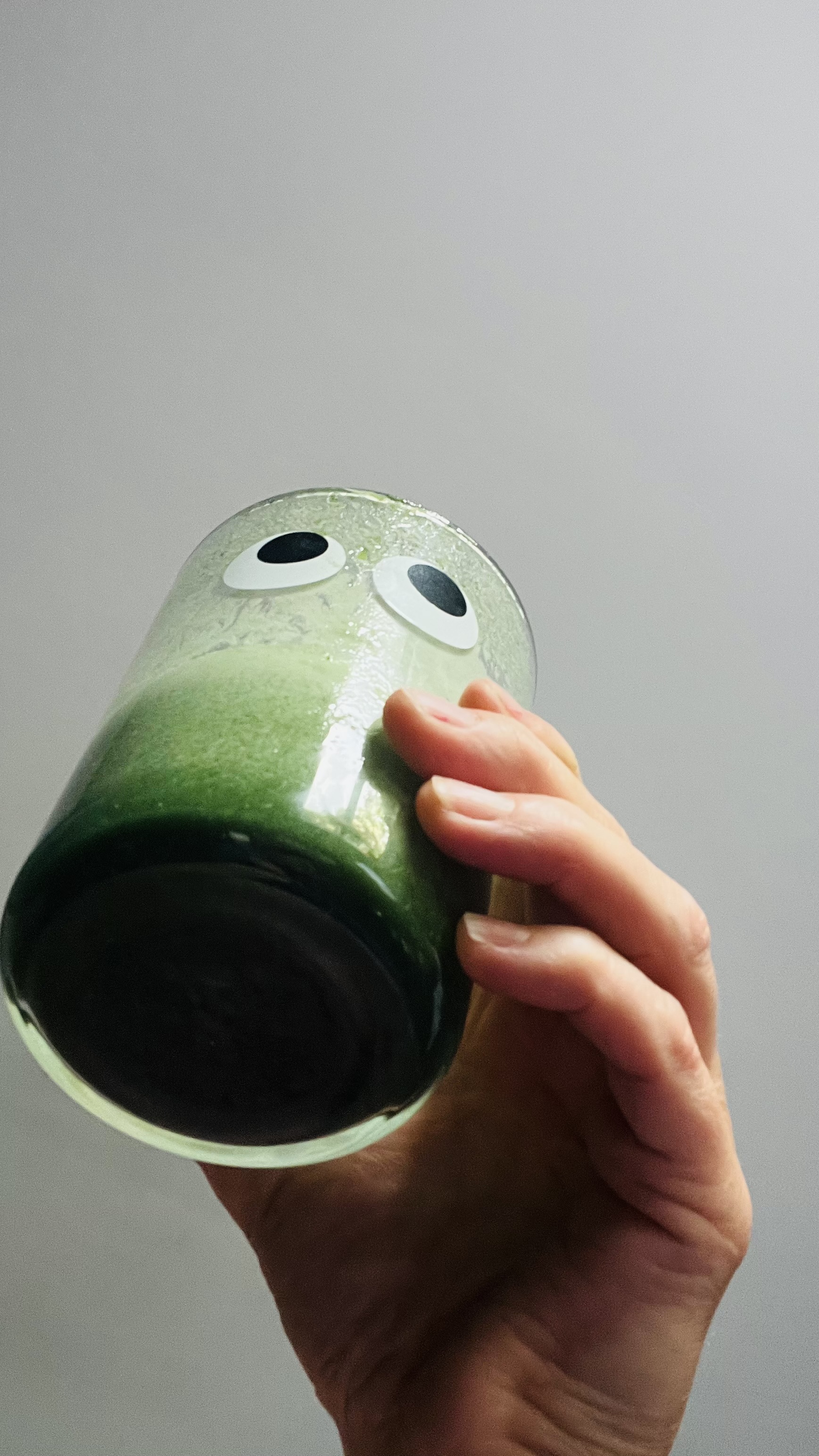The Truth About Iron in Your Spinach: Separating Fact from Fiction
Spinach has long been celebrated as a powerhouse of nutrition, especially when it comes to iron. But how much of what we think we know is truly accurate? Let’s dive into the facts about iron in spinach in 2025.
Is Spinach a Good Source of Iron? Yes, But With Nuances.
Absolutely! Spinach is a valuable source of non-heme iron, which is the type of iron found in plant-based foods. A 100-gram serving of raw spinach typically contains around 2.7 mg of iron. When spinach is cooked, the iron content per 100 grams can even appear higher (around 3.6 mg) because cooking reduces water content, concentrating the nutrients.
Addressing the “Super-Iron” Myth:
You might have heard the tale that spinach was once believed to have dramatically more iron than it actually does – perhaps even 10 or 75 times more. This widespread idea largely stems from historical overestimations in early nutritional analyses, possibly due to:
- Less precise testing methods: Analytical techniques weren’t as refined in the past.
- Confusion between fresh vs. dried spinach: Dried spinach naturally has a much higher iron concentration per weight.
- Lab contamination: Iron from equipment could have skewed early results.
While some nutrient levels in produce have seen slight declines over decades due to agricultural practices, the notion that spinach once contained dozens of times more iron than it does today is a persistent myth, not a factual historical reality based on accurate measurements. The dramatic “75 times more” figure is a significant exaggeration of this historical misunderstanding.
Maximizing Iron Absorption from Spinach:
Here’s an important point: Spinach also contains oxalic acid, a compound that can bind with minerals like iron and calcium, making them less available for absorption by your body.
However, you can significantly boost your body’s ability to absorb the iron from spinach! The key is to combine it with Vitamin C-rich foods. Think about adding:
- Citrus fruits (oranges, lemons)
- Bell peppers
- Tomatoes
- Strawberries
So, a spinach salad with bell peppers and a lemon vinaigrette, or a smoothie with spinach and berries, isn’t just delicious – it’s a smart way to get the most out of this nutrient-dense leafy green!
The Bottom Line in 2025:
Spinach remains a fantastic addition to a healthy diet, providing not just iron, but also vitamins A and K, magnesium, and folate. While it’s not the “iron superpower” of myth, it’s still a very good source, especially when paired with the right foods for optimal absorption. Focus on a balanced diet rich in various whole foods to meet your nutritional needs.
Include as part of a balanced healthy diet for optimal results, Message for more ays to use Spinach in your meal times.
Maria
x
